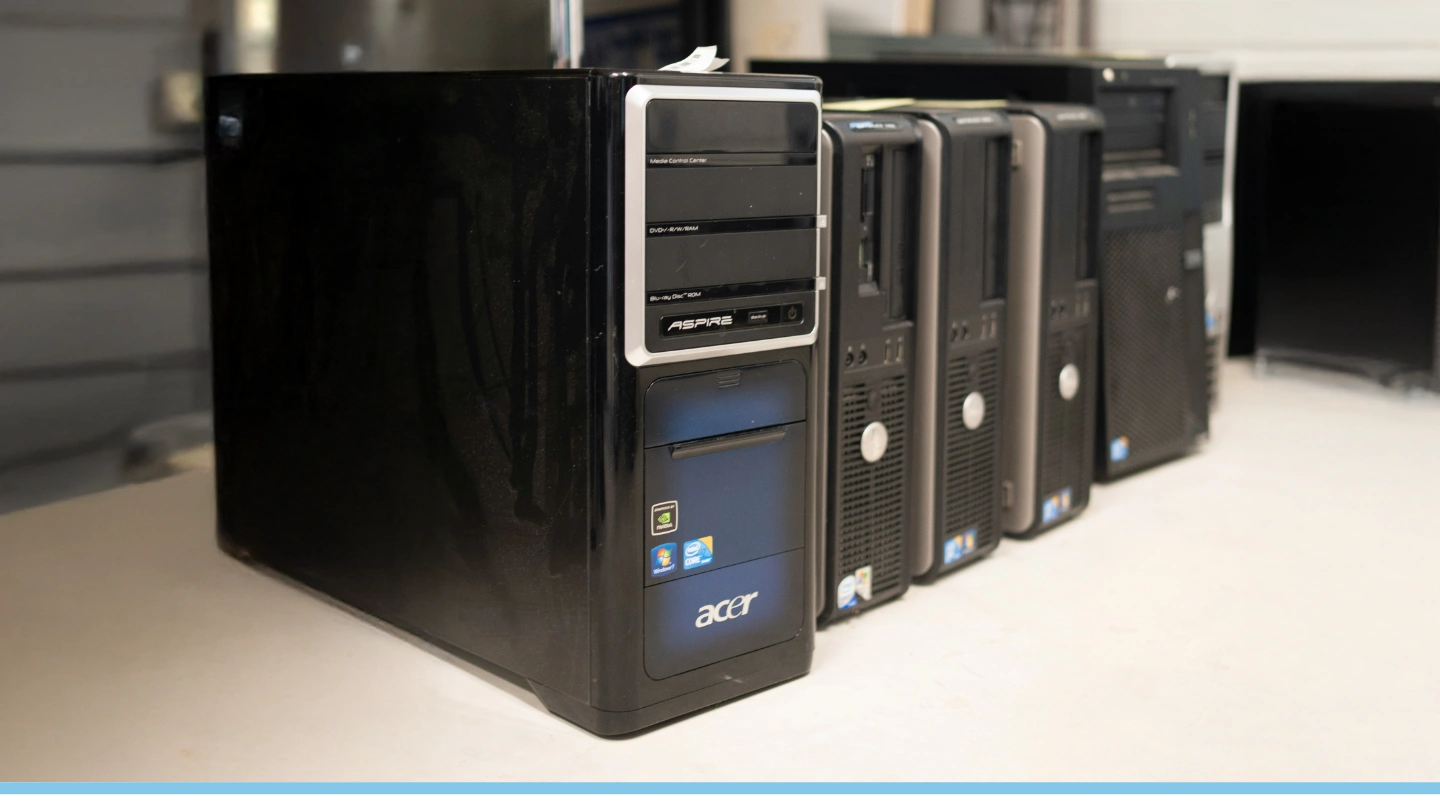By Adam Whitehouse, Founder of TMT First
As technology advances at a phenomenal rate, we face a growing challenge: what to do with devices that are no longer seen as current or up to date but are still far from useless. At TMT First, our mission has always been to keep technology alive for longer, with sustainability at our very core – that’s why we’re making a shift.
As well as specialising in mobile device repair and refurbishment the company is moving into a new, exciting phase by expanding into IT Asset Disposition (ITAD).
ITAD is more than a phrase or buzzword – it’s the process of breaking down old IT equipment, repurposing or recycling valuable components, repairing usable parts, and disposing of the rest safely and responsibly. Done properly, ITAD not only protects the environment, ensures data is fully protected but also extends the useful life of technology, reducing the vast amounts of electronic waste that could otherwise end up in landfill. In 2022 it was estimated that 62 million tonnes of e-waste was produced globally, a frightening 82% jump from 2010 and it’s rising at around 2.6 million tonnes per year.
The Windows 10 Deadline: A Digital Turning Point
This October (14th to be precise), marks a critical moment: Microsoft will officially end support for Windows 10. That means millions of computers around the world will stop receiving security updates, putting individuals and businesses increasingly at risk from cyber-attacks, for those who continue to use them.
In today’s throw away world, the natural temptation will be to declare these devices “obsolete,” or no longer useable and replace them. But doing so en-masse brings with it a huge financial and environmental cost, especially as it’s likely to contribute to the growing E-waste mountain. In reality, there are smarter, safer, and much more sustainable options.
Making Old Devices Safe — Without Throwing Them Away
There are things you can do, to keep older computers useful well beyond October this year, saving your business money and helping the environment in the process.
- Upgrade if possible: Many devices that ran Windows 10 can still be upgraded to Windows 11 if the hardware meets Microsoft’s requirements. Your IT provider will be able to support you with this.
- Repurpose with an alternative operating system: For devices that can’t make the jump, lightweight and secure operating systems like Linux, Ubuntu, or Google’s ChromeOS Flex can breathe new life into hardware going back as far as 2007. These systems are actively supported and designed to run efficiently on much older machines. The frightening thing is outside of the tech industry not many businesses know that this is even an option.
- Professional refurbishment: Working with ITAD specialists like ourselves ensures that older equipment is thoroughly checked, cleaned, securely wiped (so that your data is destroyed), and made reusable. What can’t be reused is responsibly recycled sustainably.
Why This Matters
Globally, the world around £30 million tonnes of e-waste each year – and that number is rising at a rate of around 2.6 million tonnes a year.
The UN is clear: unless we change course, e-waste will outpace our ability to handle it. But the solution doesn’t have to be complicated—it’s about valuing technology differently. At TMT First, we believe “end of life” doesn’t have to mean “end of use.” With the right approach, even a 10-year-old laptop can have a future.
By embracing ITAD, we’re helping businesses and individuals transition into a more sustainable model of technology use. The retirement of Windows 10 doesn’t need to spark a global disposal crisis. Instead, it can be the start of a smarter conversation about how we keep technology alive.
